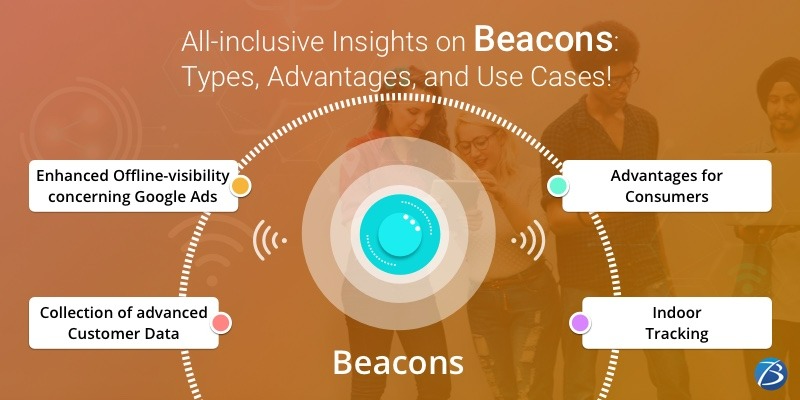In today's fast-paced and technology-driven world, a strong and reliable internet connection is essential for businesses to thrive. As data demands continue to grow exponentially, traditional internet connections like DSL or cable might not be sufficient to meet the needs of modern businesses. This is where business fibre internet comes into play, offering a game-changing solution that empowers businesses to stay ahead of the competition and unleash their full potential.
In this blog, we will explore the key benefits and advantages of business fibre internet and why it's a crucial investment for any forward-thinking organisation.
Blazing Fast Speeds
One of the primary reasons why High Speed business fibre internet is gaining popularity is its unmatched speed. Unlike traditional broadband connections, which rely on copper wires, fibre internet uses advanced optical fibres that transmit data at the speed of light.
These results in significantly faster upload and download speeds, enabling businesses to transfer large files, access cloud-based applications, and conduct video conferences seamlessly. With fibre internet, frustrating lags and buffering become a thing of the past, allowing teams to work efficiently and deliver top-notch services to customers.

Increased Reliability
Businesses cannot afford internet outages or downtime, as they directly impact productivity and customer satisfaction. Fibre internet is known for its exceptional reliability, making it a preferred choice for businesses that rely heavily on the internet for day-to-day operations.
Unlike copper cables, fibre optics are not susceptible to electromagnetic interference, adverse weather conditions, or degradation over long distances. As a result, fibre internet offers a stable and consistent connection, ensuring that businesses can operate smoothly without interruptions.
Scalability and Flexibility
The needs of a growing business can change rapidly, and it's crucial to have an internet solution that can adapt accordingly. Fibre internet is highly scalable and flexible, allowing businesses to easily upgrade their bandwidth as demand increases.
Whether you are a small start up or a large enterprise, fibre internet can cater to your specific requirements and accommodate future expansion plans. This scalability ensures that businesses never outgrow their internet connection and can always stay ahead in the digital landscape.
Symmetrical Upload and Download Speeds
A unique advantage of business fiber internet is its symmetrical upload and download speeds. Unlike traditional connections, where upload speeds are significantly slower than download speeds, Affordable Business Internet Plans offers equal speeds for both data transfers.
This symmetrical speed is particularly beneficial for businesses that need to upload large files, host webinars, or conduct video conferencing with clients or team members. With fibre internet, collaboration and communication become smoother and more efficient.
Enhanced Cloud Access
The cloud has become an integral part of modern business operations, from data storage to software applications. Business fibre internet provides the bandwidth necessary for seamless and quick access to cloud services.
This enables businesses to embrace cloud-based solutions without concerns about slow loading times or data bottlenecks. Faster access to the cloud also means improved productivity, as employees can collaborate on projects in real-time, regardless of their physical location.
Future-Proof Investment
Investing in business internet plans is more than just upgrading your internet connection; it's a future-proof investment that ensures your business remains competitive in the digital era. As technology continues to advance, data requirements will only increase, and businesses that rely on out-dated internet infrastructure may find themselves falling behind.
Fibre internet, with its high-speed capabilities and scalability, can support the evolving needs of businesses, keeping them at the forefront of innovation.
Conclusion
In conclusion, business fibre internet is a powerful tool that empowers businesses to unlock their full potential. With its blazing-fast speeds, unparalleled reliability, and scalability, fibre internet provides a solid foundation for improved productivity, seamless communication, and enhanced customer service. As the digital landscape continues to evolve, investing in fibre internet is not just a wise choice but a necessary step for businesses that want to stay ahead in the competitive market. So, if you haven't already considered making the switch to fibre internet, now is the time to explore this transformative solution and take your business to new heights.
Source URL: https://business-internet-plans.blogspot.com/2023/08/unlocking-business-potential-with-fiber.html

 Log in with Facebook
Log in with Facebook 









